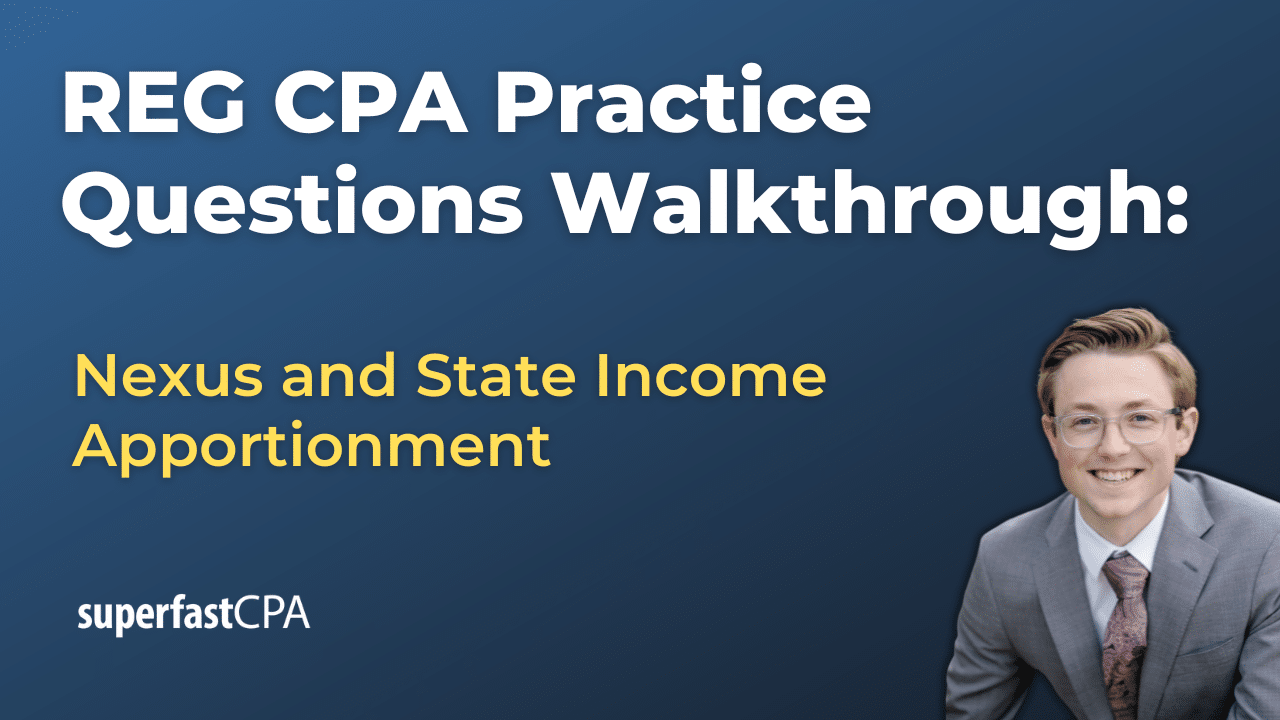Convertible Preferred Stock
Convertible preferred stock is a hybrid security that combines features of preferred stock and common stock. It grants the holder the right to receive fixed dividend payments like preferred stock and also provides the option to convert the preferred shares into a predetermined number of common shares at a specified conversion ratio, usually at the holder’s discretion.
Key features of convertible preferred stock include:
- Dividend Payments: Convertible preferred stockholders receive regular fixed dividend payments, typically paid quarterly, which are prioritized over dividends paid to common stockholders. The dividend rate is usually expressed as a percentage of the stock’s par value.
- Convertibility: The most distinguishing feature of convertible preferred stock is the option for the holder to convert their preferred shares into common shares of the issuing company at a predetermined conversion ratio. This conversion ratio determines the number of common shares the holder receives for each preferred share they convert.
- Conversion Price: The conversion price is the price at which the preferred shares can be converted into common shares. It is typically set at a premium to the market price of the common shares at the time of issuance to incentivize investors to hold the preferred stock and receive dividend payments.
- Liquidation Preference: In the event of the company’s liquidation or bankruptcy, convertible preferred stockholders have a higher claim on the company’s assets than common stockholders, but they are subordinate to the company’s creditors.
Convertible preferred stock is attractive to investors who want a steady income stream through dividend payments and the potential for capital appreciation if the company’s common stock price increases. For the issuing company, convertible preferred stock can be a flexible financing option, as it allows the company to raise capital without immediately diluting the ownership of existing common stockholders.
Example of Convertible Preferred Stock
Let’s consider a hypothetical example to illustrate how convertible preferred stock works:
Company ABC issues convertible preferred stock with a par value of $100 per share, an annual dividend rate of 5%, and a conversion ratio of 4. This means that each convertible preferred share can be exchanged for 4 common shares of Company ABC.
- Dividend Payments: Convertible preferred stockholders receive an annual dividend payment of 5% of the par value. In this case, the annual dividend payment per share would be:
Dividend Payment = Par Value × Dividend Rate
Dividend Payment = $100 × 0.05
Dividend Payment = $5
Convertible preferred stockholders will receive $5 per share in dividend payments each year, typically paid in quarterly installments.
- Convertibility: The conversion ratio is set at 4, meaning that each convertible preferred share can be converted into 4 common shares of Company ABC.
Now, let’s assume that after some time, Company ABC’s common stock price rises to $35 per share. A convertible preferred stockholder might decide to convert their preferred shares into common shares, as the value of the common shares upon conversion would be higher than the preferred shares:
Value of Common Shares Upon Conversion = Conversion Ratio × Market Price per Share
Value of Common Shares Upon Conversion = 4 × $35
Value of Common Shares Upon Conversion = $140
In this scenario, converting the preferred shares into common shares results in a capital gain for the investor, as the value of the common shares ($140) is higher than the par value of the preferred shares ($100). The investor also benefited from the dividend payments received during the time they held the convertible preferred stock.
It’s important to note that investors should consider various factors, such as market conditions, interest rates, and their own investment objectives, before deciding whether to hold or convert their convertible preferred stock.













